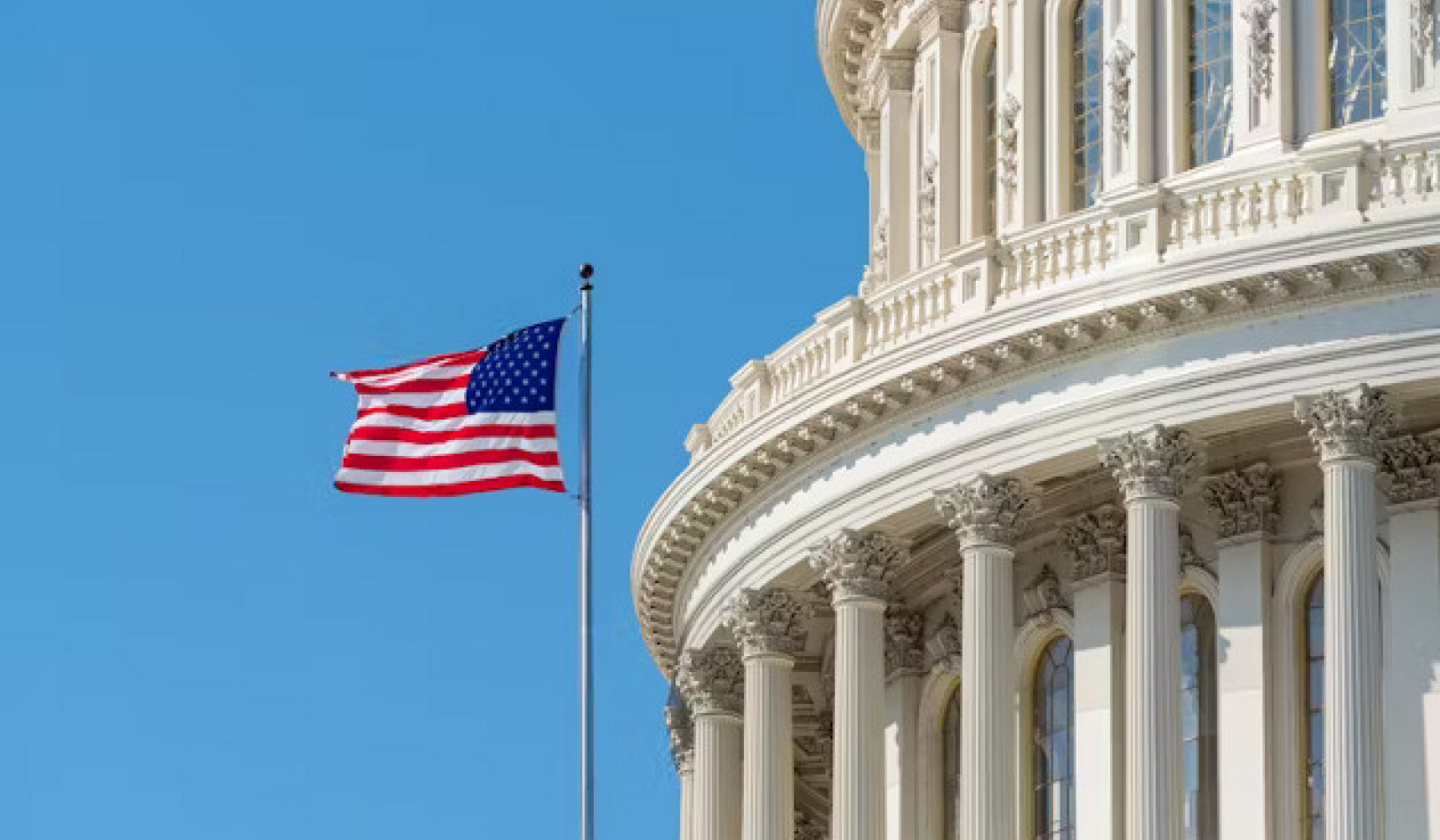
New research finds racial disparities in emergency treatment for certain types of pain, specifically backaches and stomachaches.
Some people use the ER for routine medical care because they lack a better option. When someone visits the emergency room for a toothache, for instance, it’s a sign that the person has poor access to dental care, says Astha Singhal, an assistant professor of health policy and health services research at Boston University’s Henry M. Goldman School of Dental Medicine.
Non-Hispanic blacks were half-to-two-thirds less likely to receive opioids for back or abdominal pain than non-Hispanic whites.
But when Singhal shared this idea with emergency room physicians, some had concerns that people coming to the ER for dental care might just be seeking drugs.
Singhal couldn’t find any evidence suggesting a link between dental complaints in the ER and drug-seeking behavior. So she began to wonder: Do ER physicians have a bias against patients with dental pain?
Her question led to findings that suggest an even wider bias. “Race is a big predictor of whether someone gets an opioid for pain or not,” says Singhal, who reports the findings in PLOS ONE.
“Unconscious bias is a phenomenon that’s been very well documented,” says René Salazar, assistant dean for diversity and a professor of medical education at the University of Texas at Austin Dell Medical School, who did not participate in the study. “Here is yet another study that suggests disparities in how we prescribe.”
Five years in the ER
Singhal and co-investigators examined data from the National Ambulatory Medical Care Survey, which contains approximately 60 million records of emergency room visits across the United States between 2007 and 2011.
The researchers focused on adults aged 18 to 65 who visited the ER during that five-year period complaining of pain. The study compared non-definitive pain-related complaints—such as toothaches, stomachaches, and backaches—to complaints with clear diagnoses, such as fractures and kidney stones, and looked for disparities in prescribing patterns.
They found that non-Hispanic blacks were half-to-two-thirds less likely to receive opioids for back or abdominal pain than non-Hispanic whites. The disparity applied to both prescription narcotics and one-time administration of an opioid drug in the ER.
The findings add to mounting evidence of racial disparities in pain management. For instance, a 2012 study by researchers at the University of Pennsylvania found similar disparities in pain treatment in settings outside the ER, such as postsurgical pain.
‘Downstream consequences’
Such disparities come with downstream consequences. “Pain really affects your quality of life and productivity at work,” says Singhal. “It’s a contributing part of the picture for minorities, who on every count have poorer outcomes, whether it’s pain management, access to health care, health status, or life expectancy.”
The study found no racial disparities for definitive cases involving fractures and kidney stones, or for toothaches. The lack of disparity in opioid prescriptions for toothaches surprised Singhal, though she suspects that dental complaints may be more definitive than she expected. “Dental problems can have a specific clinical presentation, like swelling in the jaw or an obvious cavity,” she says.
While this pattern of discrimination denies some minority patients access to pain relief, it could also harm the white patients who more readily receive opioids. “Differential prescribing practice might actually be contributing to opioid abuse among whites,” says Singhal. “When they go to the ER, they are much more likely to get opioid prescriptions.”
Singhal speculates that provider bias is contributing to these racial disparities. While the study doesn’t directly link provider bias to prescribing disparities, health professionals are beginning to recognize that hidden biases may influence health care decisions.
Can med students unlearn bias?
Interventions that alert medical students to their unconscious biases may help. Salazar led efforts to develop such a program at UCSF. At Dell, he is expanding the program to include deans, faculty, residents, fellows, and staff. “Shining a light on yourself is one of the first steps to change,” he says.
Singhal would someday like to conduct another study that factors in such interventions to see if they lessen treatment disparities. “Sensitizing medical students is a long-term process, but I think these interventions could change clinical care,” she says.
In the more immediate future, Singhal hopes to analyze data from statewide Prescription Drug Monitoring Programs, which are being rolled out across the US. The programs are designed to help keep opioid prescriptions away from drug seekers by giving doctors access to patient drug-use history. “We want to see if access to past drug patterns of patients will lessen the biases we saw in this study,” she says.
Renee Hsia, an ER physician at the University of California San Francisco Medical Center, and Yu-Yu Tien, a health services researcher at the University of Iowa, are coauthors of the study.
Source: Elizabeth Dougherty for Boston University
Related Books:
at InnerSelf Market and Amazon





























